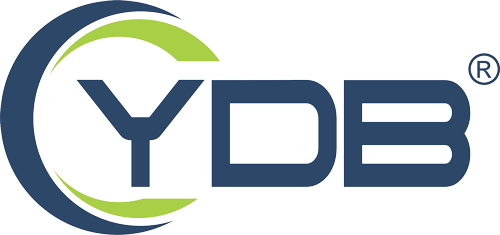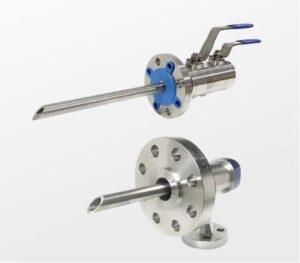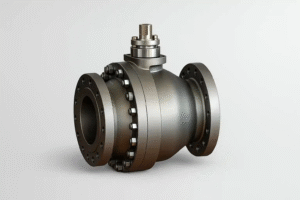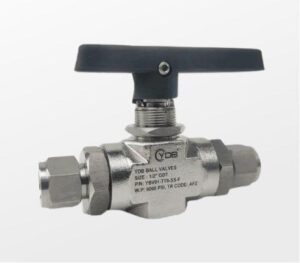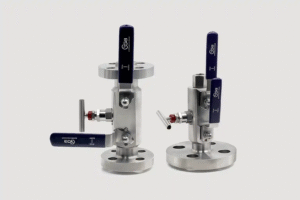A ball valve is a mechanical device that directs, guides, and modulates the flow of different types of liquids through a ball opening that has an opening in the middle. The port is termed the opening that manually opens/closes the port, controls the pressure from the liquid flow by turning the handle onto the ball valve. Durability and full shutdown are what benefit the ball valve over other valve types.
Valves are found and can go unnoticed in our everyday lives. There are plumbing valves, for example, that are in our spigots at our sinks. Inside our washing machines are switches, dishwashers, gas fireplaces, outdoor hot spigots, fridges, and more. Floating ball valve manufacturers make use of valves for their manufacturing. Such industries include naming a few, electronics, power, automobile, printing, plastics, textiles, metal, medical, chemical, and food. Generally, the industries that use floating ball valves need to tolerate high pressure and times more significant than 480 degrees. Ball valves are simple to operate, and they are easy to repair without being removed from their pipeline.
Floating ball valves have four general body styles: single body, split body, top entry, and welded. Four general types of ball valves are available: full port, regular port, reduced port, and v port.
Full Port
A full port ball valve has an oversized ball, so the ball hole is the same size as the tube, resulting in a lower loss of friction. The flow is limitless, but the valve is bigger.
Standard
Usually, a standard port ball valve is less expensive, but it has a smaller ball and a smaller port. The flow through this valve is one pipe size smaller than the pipe size of the valve, which results in slightly restricted flow. The flow through the valve in reduced port ball valves is one pipe size smaller than the pipe size of the valve, which results in restricted flow.
Reduced port
A v port ball valve has either a ball-shaped to ‘v’ or a seat shaped to ‘v.’ This allows opening and closing of the orifice in a more controlled manner with a characteristic of closer to the linear flow.
V port.
The small end of the ‘v’ is opened first when the valve is in the closed position, and the opening is started allowing stable flow control during this stage. Because of higher fluid velocities, this form of design requires a typically more robust construction, which would easily harm a regular valve.
A trunnion ball valve has a mechanical means to secure the ball at the top and bottom; this feature is typically extended to higher and larger pressure valves
Manually Operated Ball Valves
Manually operated floating ball valves can be quickly closed, and therefore, there is a risk of hammering water. Some ball valves are equipped either with an actuator that can be operated pneumatically or by a motor electric. These valves can be used for monitoring the on / off or the flow. There is also a pneumatic flow control valve equipped with a positioner that translates the control signal into the actuator’s position and the valve opening accordingly.
The type of ball valve used is decided based on the application. Temperatures and pressure, number of ports, valve size, and type of body material, end connectors, and configurations should be the requirements to consider for deciding the correct floating ball valve.
These are some types of ball valves which are easily available in the market. It is also recommended to fix a parameter while looking for the best floating ball valve manufacturer.
